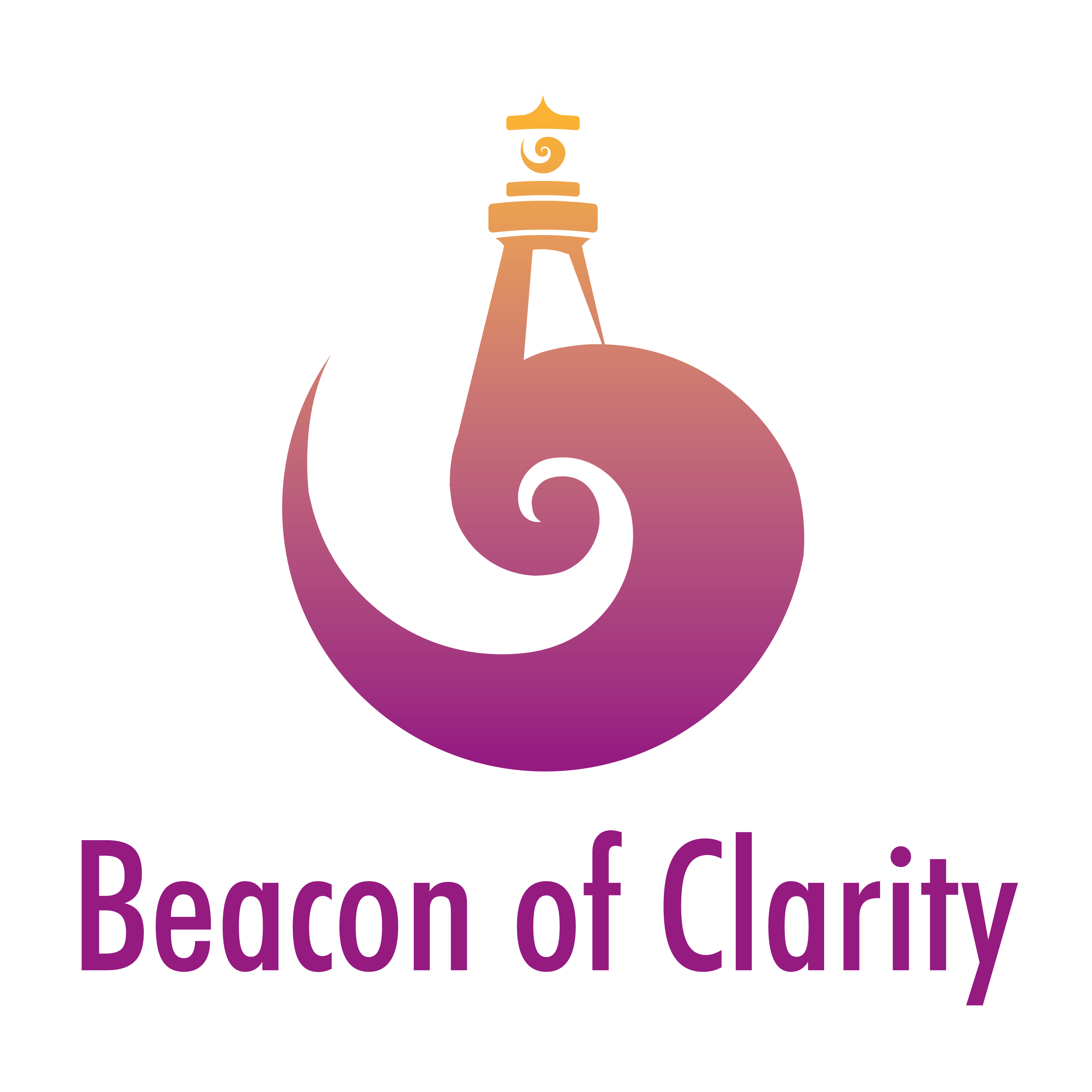Introduction
Within this article, we delve deeper into breaking the erroneous constructs we have adopted in our lives. It helps us in unifying our shadow—the hidden parts of our psyche—within the light of our whole self. This process grants us absolute insights into our own nature. Awareness allows us to change course toward something more akin to the nature of Truth. These are often universal wisdoms, recognizable through patternization. When we ourselves become more patternized, we can call this crystallization. More on this in a different article.
However, within this article, I will teach you the skill of reading one’s own self in a more objective manner, much like a psychologist or a scientist would do.
One Truth to Rule Them All
If we make one assumption, that is, there is but one Truth, and this Truth encompasses all of existence. It is to say that existence is Truth, and vice versa. We can deduce that Truth is the absolute. It is the law of the universe, often called natural law.
Then, there is an efficient way and a non-efficient way. Although the non-efficient way isn’t wrong, it involves unnecessary hardship. I will make an effort to explain all of this right now.
As the saying goes, “all roads lead to Rome.” Within this phrase, Rome stands for Truth with a capital T. It is the way one might take to understand the Truth. If one decides to go West when Rome is to the East, then one eventually finds Rome but later, with more hardship and more miles.
However, if one understands the lessons in life quickly and realizes that the lessons are catalysts—lessons that speed up a chemical process, such as the neurological plasticity of our brain—then one creates a compass for life. This compass leads them to Rome more directly, rather than astray.
In short, there is always one efficient way.
The Relation Between Truth and Illusions
Let’s talk more about the compass for life. One needs to understand that one still abides by Truth even when following an illusion. I will take this opportunity to explain how this works on a more materialistic plateau. Foremost, it is a law that the universe is One, divided in a hierarchical structure, which follows the properties of a fractal. This One I just mentioned is technically Truth, as there is but only one Truth.
To understand illusions within this fractal structure, one needs to realize that illusions are truths not yet understood. They exist because they are experienced. However, the way we perceive them creates an erroneous direction that seems correct but, in reality, leads us further from the “Rome” I spoke about. Therefore, we experience illusions all the time. If we come to understand the reason for these illusions, we start to see them for what they really are. After that, they are no longer illusory by definition.
In short, illusions are experiences of Truth that misguide us from the Truth. Like optical illusions, they might appear to be one thing, such as water on the road, but upon closer inspection, they vanish. This can also happen mentally. Upon close inspection, one comes to understand that their inner illusions are real experiences, but misunderstood in their nature. In this way, misguiding faculties can be restored to guiding principles.
Aligning Illusions with Truth: Bridging the Divide
We are from Truth, and Truth lives within us. In short, we are Truth. Therefore, all is Truth. However, we are also very aware that we do not understand the whole Truth. To claim otherwise would be folly. But we can be certain that there is a Truth out there. So, our task as beings is to align our minds with reality as closely as possible. In doing so, we come to understand ourselves, and through understanding, we break our illusions.
There are many ways to approach this understanding, but I will discuss two specific methods. One follows a narrow approach to the problem, and the other leans more towards a wholistic way of thinking.
Wholistic Reasoning
Let us start with wholistic reasoning, which is about putting things in context. All inner things have an energetic footprint, associated with the concept of resonance. This is a type of language our system picks up objectively. Like our senses, it does not lie. It speaks its own nature, which is the nature of Truth.
Consider a hypothetical example:
As one speaks, they not only utter words but also feel them. They feel a sense of flow within, and words are put together to describe this resonance. If they feel anger, they use words to describe anger. This emotion might tell us something about ourselves, but it is much more nuanced than that. One might feel anger for different reasons, and this is reflected in the resonance of anger. It is not just anger but anger for a specific reason, which can all be felt. Learning this gives us a strong tool to read our nature. This language is more about observation of Truth than an egoic free will of desire.
When coping with emotions, one can sit quietly and learn to feel what they feel, understanding the language within. This creates an understanding of the chemical body, which is Truth. Then one can act upon this Truth with logic, which is a more planned, free-will way of thinking. Logic is very abstract and does not necessarily adhere to Truth, as it works towards future potentials and creates possible conducts one might take to get a desired outcome in life.
Narrow Reasoning
This approach focuses less on energetic resonance and more on abstract reasoning and the wording of potentials. It uses symbolic thinking to understand Truth.
First, what is logic? Logic is a set of rule-based thinking that is not necessarily felt but theorized. It can be applied to reality to make predictions because future events cannot be felt. To make a prediction, one uses logical theory to assess potentials. This can be applied to oneself to understand how one might operate. Logic points towards Truth but is not Truth itself. An old saying goes, “Only a fool looks at the finger while the finger points at the moon.” The moon represents Truth, while the pointing finger represents logic. Logic is a symbolic description of Truth, rules on how Truth operates.
Logic exists in computers, abstract reasoning, and the universe in the form of resistances. Our logic does not have to abide by universal principles. We are free to change our logic to suit our needs, creating our own destiny rather than following a predefined plan (changing the resistances, so to speak). However, Truth does follow universal law, which can be logically explained. Therefore, when speaking Truth through reasoning, one chooses to understand illusions and uses logical reasoning to deduce the Truth from them.
How to Learn Logical Reasoning
To understand how logic works, one can learn to spot and understand logical fallacies. This helps in understanding the language and rules of universal logic (the logic that adheres to Truth). This universal logic is a way of explaining the universe, often with laws. Energy flows according to these laws, and logic pertains to law. Energy is the substance that fills these laws, which are symbolic explanations of how energy is expected to operate.
There are many logical fallacies, and I strongly advise understanding them and applying this knowledge in your preferred media. By training in this way, you do not become a child of media but rather a child of Truth.
Learning the Truth through logic grants us the ability to discern Truth within illusions. We can analyze, mix, and blend symbols in abstract thought, leading to a more theoretical manner of understanding. Logic is, therefore, more of a software approach to reality, while energy is more like hardware. In other words, logic forms the glass, and energy fills the glass. While one is abstract, the other is substance.
Conclusion
In this exploration of Truth and illusions, we have delved into the nature of our perceptions and the constructs we adopt throughout our lives. By examining the interplay between the shadow and the light of our psyche, we gain profound insights into our own nature. This process, which does not necessarily label these constructs as wrong, reveals them for what they are, allowing us to realign our course toward a more authentic existence.
We posited that there is one ultimate Truth, which encompasses all existence, and that aligning with this Truth leads to a more direct and less arduous path to understanding. Conversely, following illusions, while still part of the Truth, results in a more challenging journey.
Understanding illusions as truths not yet comprehended helps us see them for what they are—misguidances that can be realigned with the Truth. By employing both reasoning approaches, we can bridge the divide between illusion and Truth, achieving a harmonious understanding of our reality.
Ultimately, this document serves as a guide to help you navigate the complex terrain of Truth and illusions, encouraging a balanced approach that integrates both energetic resonance and logical reasoning. Through this balanced approach, we strive to align ourselves more closely with the inherent Truth of our existence, fostering a deeper, more authentic understanding of ourselves and the world around us.




